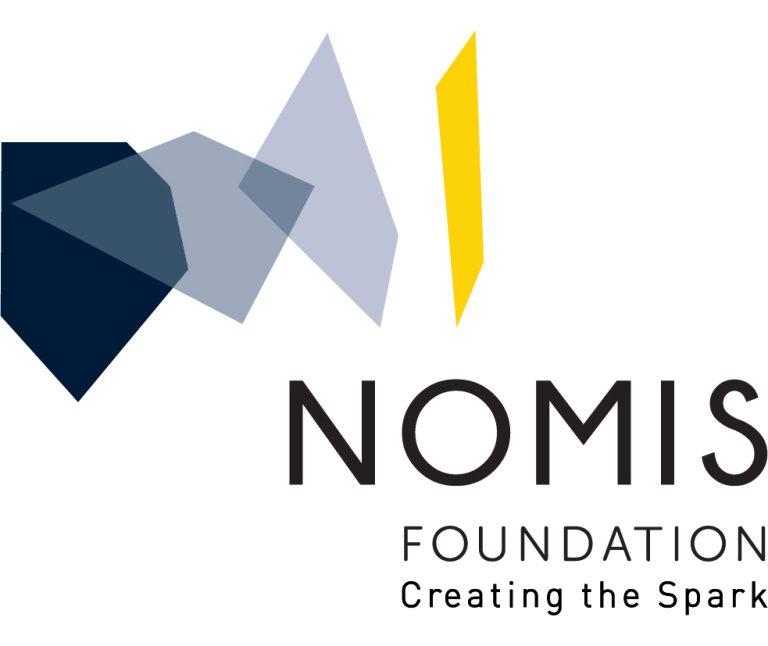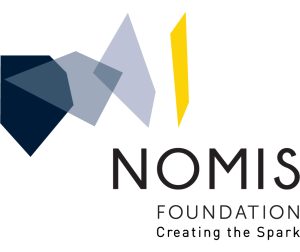The coronavirus SARS-CoV-2 is the cause of the COVID-19 (coronavirus disease 2019) pandemic that wreaked havoc across the globe. Very little data were available to know what the long-term consequences would be to survivors of the disease, particularly those who experienced severe symptoms, and reports about how the virus affects the nervous system were almost nonexistent. Still, a handful of studies, including those on related coronaviruses, suggested SARS-CoV-2 could exert neurological symptoms and find its way into the central nervous system (CNS) (Li et al. J Med Virol 2020).
While the number and sophistication of scientific publications rapidly increased, the key challenge remained the access to well-controlled human samples from people with COVID-19 and the availability of clinical data and postmortem brain tissue. In addition, ssRNA viruses tend to use multiple receptors and binding proteins to infect cells, and the receptors and molecules for SARS-CoV-2 cell entry had not been unequivocally identified or were unknown with respect to the CNS.
The COVID-19 and the Brain project investigated how the SARS-CoV-2 virus may lead to neurological symptoms in as many as half of the people infected with severe COVID-19 and how SARS-CoV-2 may invade the brain and lead to possible long-term consequences in survivors. These efforts were particularly geared toward studying the interaction between circulating immune cells and the blood vessels in the brain. For this, the research team analyzed tens of thousands of individual cells from people infected with COVID-19 as well as healthy controls at the molecular level and to search for clues about how the virus may bind to and infect the brain. The scientists explored ways to block the virus from attacking the brain and thus prevent long-term damage resulting from the brain’s exposure to the virus.
COVID-19 and the Brain was led by NOMIS Awardee Tony Wyss-Coray at the Department of Neurology and Neurological Sciences at Stanford University (Stanford, US).
Image (above): A human blood vessel (red) in the brain and T cells (green with blue center) in close interaction. (Photo: Stanford University)



